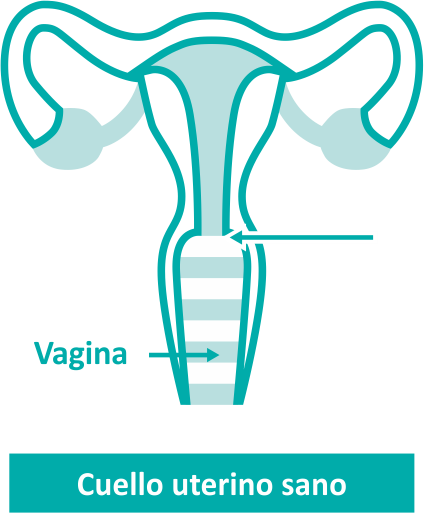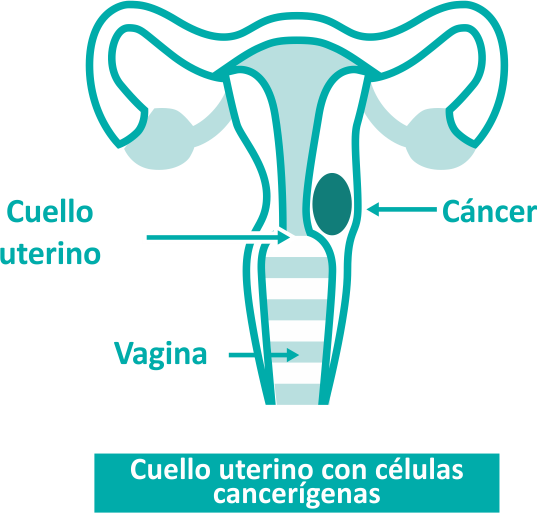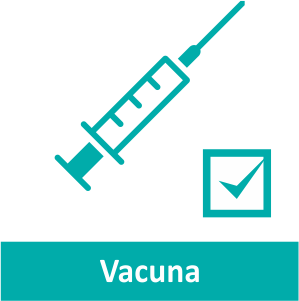×


- (+51) 01 411·4550 / (+51) 01 224·2224
- Av. Javier Prado Este 1066 Urb. Corpac - 15036 Perú
- International Department
-

September 01, 2020
What is cervical cancer?
It is the abnormal, poorly controlled growth of atypical cells of the cervix that transform into malignant cells. Cervical cancer is the second leading cause of death in the world.


This disease is caused by the Human Papilloma Virus (HPV) that is transmitted through sexual contact (any man or woman, regardless of sexual orientation, can carry the virus and transmit it).
Cervical cancer is the only cancer in which a virus-disease relationship has been shown. There are more than 100 HPV subclasses, from which 15 are related to cervical cancer. From those 15, four (16, 18, 31, and 45 serotypes) are responsible for 80% of cervical cancer cases.
What are the symptoms?
In its early stages, that is, the microscopic stage, cervical cancer does not show symptoms.
Unfortunately, only when the disease is in an advanced stage can manifest with bleeding between menstruation periods, after menopause, during and/or after sexual intercourse, vaginal discharge, and bad smell.
How is it detected?
The Pap test is performed to detect abnormalities in the cervix, which can be combined with a test to detect the Human Papilloma Virus (HPV), and if performed periodically, it helps to make a diagnosis to start treatment promptly.
Therefore, it is essential to have a Pap test, request the result, and follow the instructions of the health care professional. If any alteration or abnormality is detected, you must go for a gynecological consultation to start a treatment according to the case.
It is important to consider that the time to start having a Pap smear is three years after having started sexual activity.
How can it be prevented?
Prevention is very important. So, you should:




Factores de riesgo